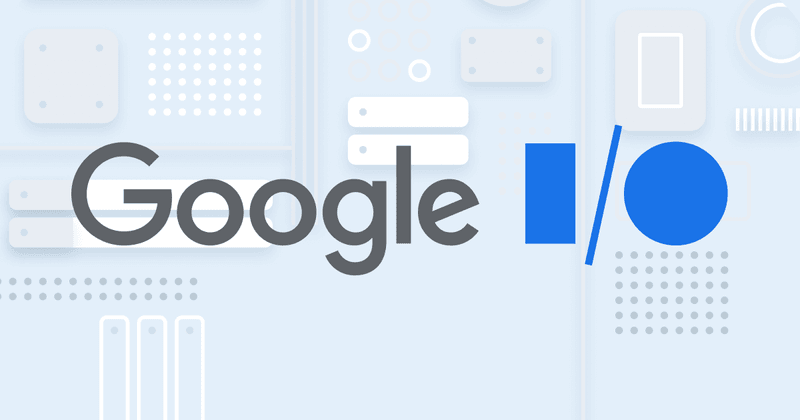Google I/O has come and gone, and day one has got us revving to keep up with the latest announcements! While we can’t help you converse with a paper airplane, we can help you take full advantage of some exciting new in-app subscription tools.
Here’s a quick summary of the announcements our team found most exciting, complete with links to the relevant Google I/O session and RevenueCat’s plans to stay up to speed. (Keep in mind that some of this is speculation based on what we could glean from the sessions.)
New Configurations for In-app Purchases
Multi-quantity purchases:
You’ll now be able to sell multiple consumable products simultaneously. You can configure which products are available in the Google Play console. When users select eligible products, they can choose the quantity they want to purchase right from their cart.

Multi-line subscriptions:
You can now sell multiple products as part of a single subscription. Users can add, remove, upgrade, or downgrade products when they subscribe and at any point during the subscription lifecycle.

Prepaid plans:
Now you can use prepaid plans to give your users access to content for a fixed period of time, and Google Play will notify users when their plan is about to expire. (This is similar to Apple’s non-renewing subscriptions.)
Play Billing Client 4.0:
In order to take advantage of these new features, you’ll have to update your app to use the Play Billing Client 4.0. Here are the release notes for version 4.0.
Your favorite in-app purchase cats are already working on these updates, and we’ll be rolling out support for the Play Billing Client 4.0 and its new features soon.
Other announcements we’re excited about:
- New engagement metrics and benchmarks will give app developers key insights into how their apps are performing in relation to similar apps.
- The Digital Goods API enables PWA apps built using Trusted Web Activities to sell digital items with Google Play Billing.
- The Google Play SDK Console will allow SDK developers to see an SDK’s usage/crash statistics and report known issues to developers, as well as provide app developers with a lot more information about the SDKs they integrate.

